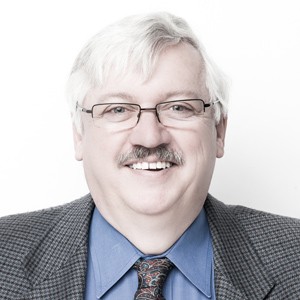Dominion Astrophysical Observatory
Dr. Lorne HammondCurator of History (Retired)
Why did you want to become a historian?
When I was young we lived and vacationed among a mix of Etruscan, Roman and Renaissance sites and World War II battlefields in Germany and Italy. Right from the start history was about people, museums and art galleries, objects, books and physical landscapes. And I had great teachers.
How did you become a curator?
I moved from academic classrooms to the museum when my wife Monica spotted an interesting history job and I applied. They liked my mix of skills. I was very fortunate to be mentored by a deeply experienced staff and was immediately thrown into the busy world of collections, exhibits and work with the public.
How would you describe a typical day at work?
I was told when I was hired “you will never be bored”. That is still true. A day is a mix of public inquiries, email research questions, collections work, media requests, mentoring interns and work with docents on collections or public education training. A constant is the team work on projects across a wide variety of departments. No two days are exactly the same.
What has been the best thing for you about working on this project with the Dominion Astrophysical Observatory?
For me this project has been its own voyage into the nature of the universe. Right here in British Columbia scientists created the model of our galaxy and its rotation, discovered black holes and built the tools to explore the stars. I find it an amazingly modest world-class story.


